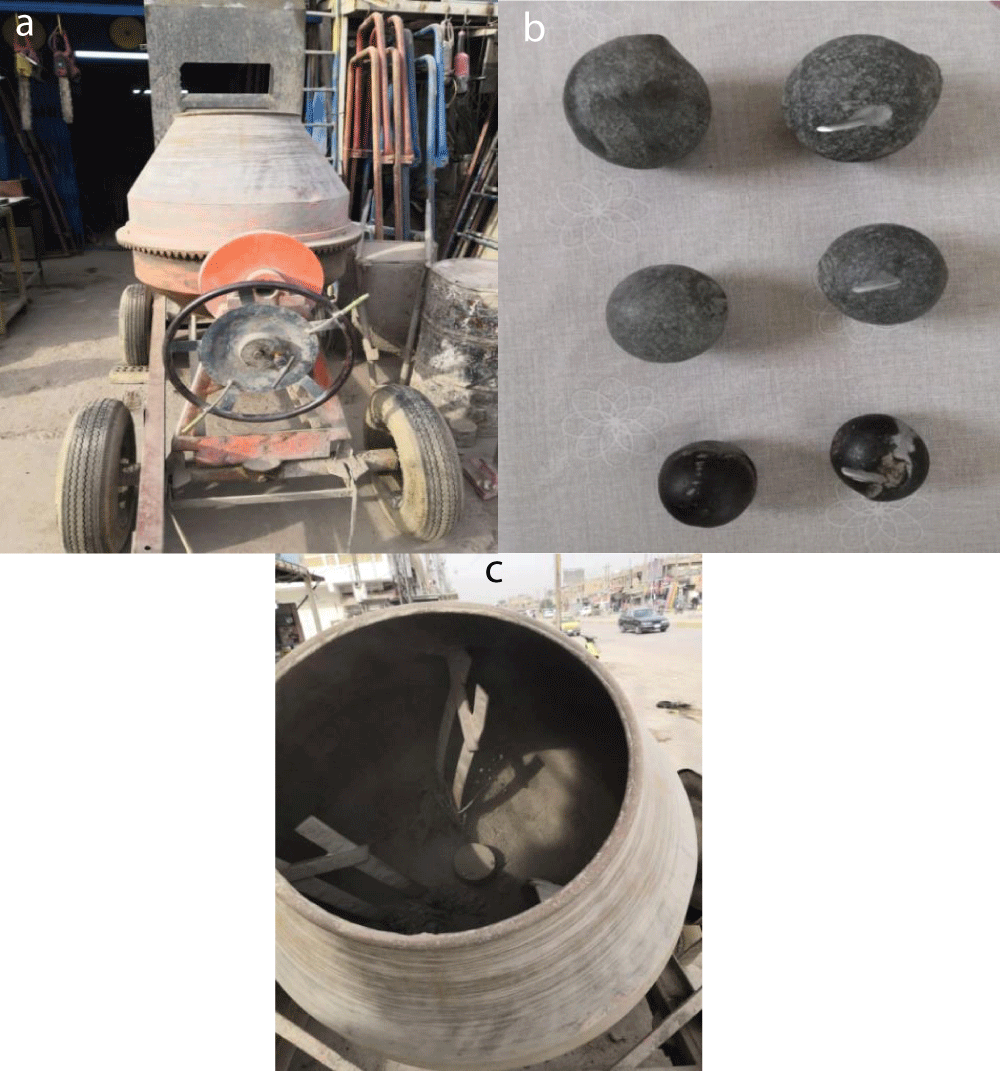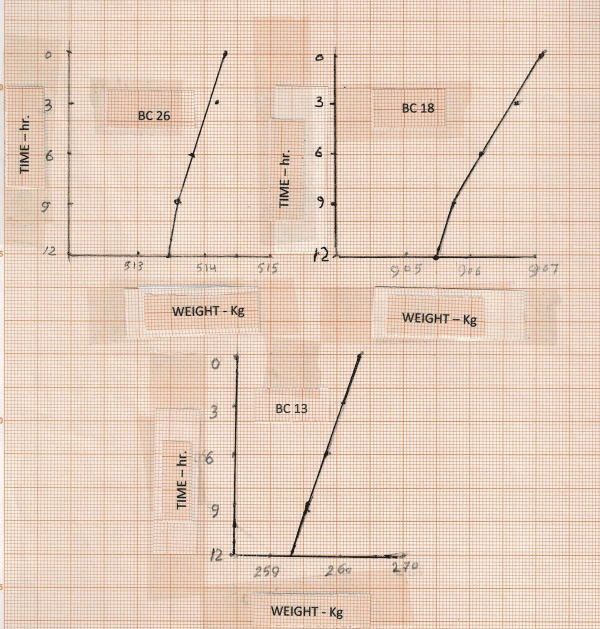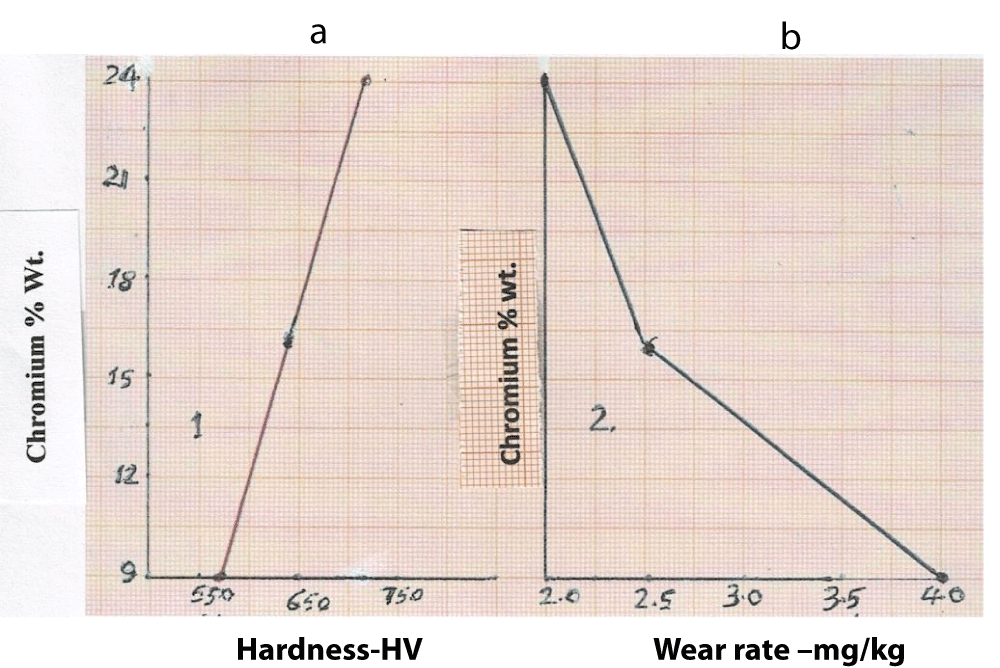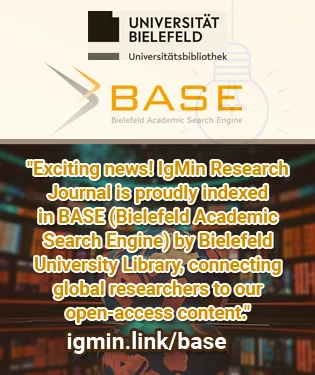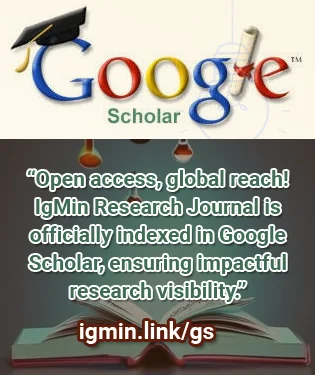摘要
The wear behavior in solid metallic materials is of high importance because of its connection with production cost. In this work, the behavior of wear and wear rate is shown in grinding balls produced from high Fe-Cr-C alloys produced by melting in medium frequency induction furnaces, and molding by automatic fleckless molding machine– Disamatic moldings machine. The total testing time is (12 hrs). The abrasive wear rate, which is the wear resistance multiplied by testing time in mg/Kg.hr. Two grinding balls of each of the three alloys: BC26, BC18, and BC13 are tested by rotating the balls with (50 Kg), cement powder inside a diesel working mixer of circular sections, inclined 45 and rotating by 30 rpm. Weighting and hardness testing results are found in the text, the chemical composition was tested by using spectra analyses type ARL 34000 OE. All the results obtained are shown in the tables and figures in the text. As a result, it can be stated that increasing Cr%, increases hardness, and decreases the wear rate, and the harder and higher the Cr% and C% it contains, the lower the wear rate and the higher wear resistance.




